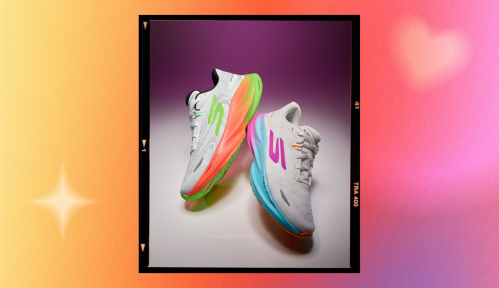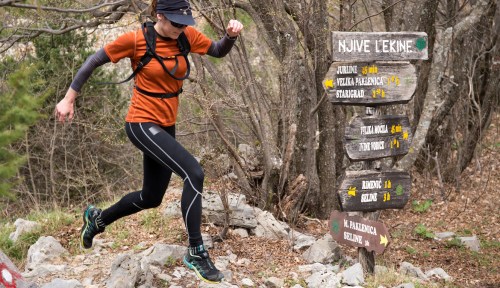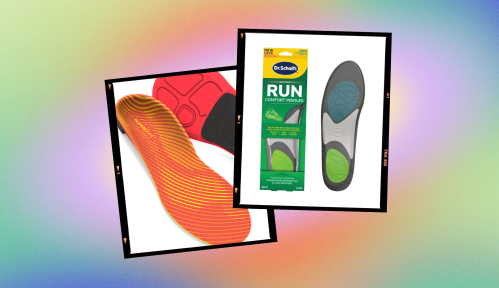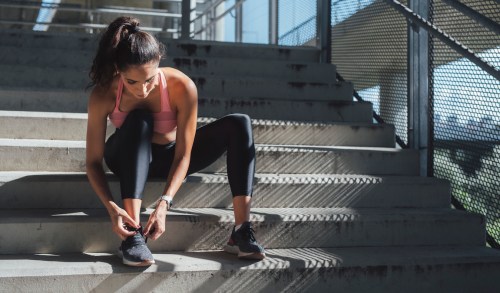Our editors independently select these products. Making a purchase through our links may earn Well+Good a commission
Look Out, Hoka. I Tried Nike’s New Walking-Jogging Shoe, and It’s a Pillowy Dream
A new hybrid walking-running-jogging shoe, the Nike Motiva is the most comfortable multi-purpose shoe in my closet.
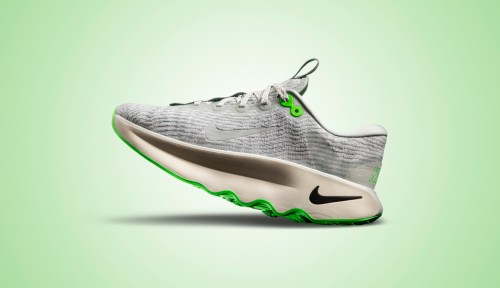
Do you ever feel like a product was made for you? Well, in the case of the new hybrid jogging-walking shoe Nike Motiva, it actually was made for me.
Experts in This Article
Or, at least people like me. According to Nike, I’m totally average. Yes, yes, I’m a special snowflake of a human being. But when it comes to my running, I was surprised to learn that my pace actually falls right in the average of Nike Run Club’s female users, which is around a 13-minute mile—a pace that many would consider “slow.”
I learned to run thanks to the Nike Run Club app, which has a series of beginner guided runs titled “First Run,” “Second Run,” “First Long Run,” and so on. The refrain of the first run is to go slow. Like, a lot slower than you think you should be going. The app taught me that a run should ramp up over time, beginning slowly, coming to a cruising altitude, and ending with some speed. Which makes that 13-minute mile just about the average between my really slow beginner pace and my faster middle and end paces.
So maybe it shouldn’t come as a surprise that Nike’s other running app users and I actually have a lot in common in terms of pace, because many of us learned to run using the same program designed to get beginners started.
But it was actually news to Nike, which, upon seeing this data about all us slow runners out there, decided to take a look at how those logged miles were going. It turns out that a lot of Nike’s users are running easy like me, and a lot of them are doing combination run-jog-walks. So, Nike decided to poll these app users to to find out how a shoe could support their specific needs. They did interviews with 1,000 female users who typified the 13-minute milers, and learned that “comfort was king, or in this case, queen,” Domonique Debnam, Nike’s senior director of men’s and women’s fitness and tennis footwear, tells Well+Good. “We spent a lot of time [trying to understand] hey, what encourages you to go out on another kind of walk, run, or jog? What are some of the things that hinder you from doing that? And how can a piece of footwear really support you along that journey and what your goals are?”
Nike Motiva — $110.00
Best for: Low-intensity movement like walking and jogging.Cushion level: High, with plush materials and a pillow-y soleFeatures: An exaggerated rocker, wider forefoot, and rubber bottom with “comfort grooves”Color options: Two
Pros:
- Versatile enough for both walking and jogging
- Soft and cushioned
- Chic and bold look
- Lightweight but supportive
Cons:
- The exaggerated rocker takes some getting used to
Nike already has a plethora of running shoe options, from the minimalist Nike Free line to the neutral category mainstay Pegasus to the Infinity React and Invincible that have more cushion and support. But it felt a shoe that could support a hybrid activity like run-walks, or runs like mine that start ultra slow and become faster, was missing from its arsenal. So it set out designing a shoe to “serve the gap that we feel exists in the marketplace and provide [users] with a product that is uniquely designed to help support those slower-pace movements,” Debnam says.
That marketplace gap is one that other companies are already crowding into. Shoes with maximum cushioning, like Hokas, have exploded in popularity in recent years.
Nike’s answer? The Nike Motiva, a shoe specifically designed for lower-intensity movement, which seems to be the brand’s entrance into the fat-bottomed walking/running shoe universe. The Motiva has an exaggerated rocker sole, a wider forefoot, a higher, pillowy base, “comfort grooves” on the bottom, and super-cushy materials throughout. Though it was designed thanks to insights from women, there is also a men’s version. The women’s style comes in the unexpected colorway of light gray with neon green details, which looks both chic and bold at the same time. (There’s also a hot pink option.)
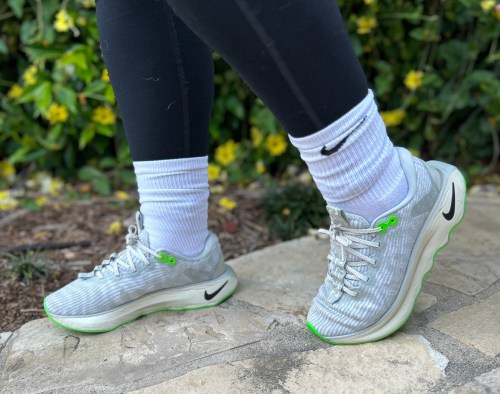
How the Nike Motivas feel
I used to own a pair of down feather slippers, which meant I was literally wearing pillows on my feet. The Nike Motivas are the closest I’ve come to that feeling, except there’s a lot more support in the base. They’re soft and cushiony, and I actually look forward to putting them on. I’m a girl who likes to have my toes free as much as possible, so that’s saying a lot.
The “exaggerated rocker” did take some getting used to, but I have come around to the springiness of it. Sometimes I do have to kick my heel back to make sure it’s taking up the space in the way the shoe wants to guide my foot. But apparently, it’s all there to help make the walking experience specifically more comfortable.
“What we found is that walkers, or those who are doing the slower-pace movement, have a higher tendency to heel strike,” Debnam says. “That means they come to the ground on their heel first. And so we design the shoe uniquely to help ease your foot and heel to the ground, smoothly propel you forward onto your midfoot, and then get you onto your forefoot to take your next step. [It’s] that rocker geometry that’s gonna help propel you forward and get you continuing to move.”

One of my favorite aspects about the shoe is that it’s meant for both walking and jogging. Sometimes when I do a cooldown walk after my run, I worry that I should be changing out of my running shoes and into another pair of sneakers, so as not to degrade the sole that’s meant for running, not walking. This is obviously not an issue with the Motiva since it’s built for both activities.
“The higher stack height on the midsole is going to give you a lot of comfort,” Debnam says. “Make sure that you have a smooth ride, give you that transition, and then the rubber on the bottom is going to ensure that you have the support that you need, and the durability, so that the product lasts while you’re out and you’re doing those movements over and over again.”
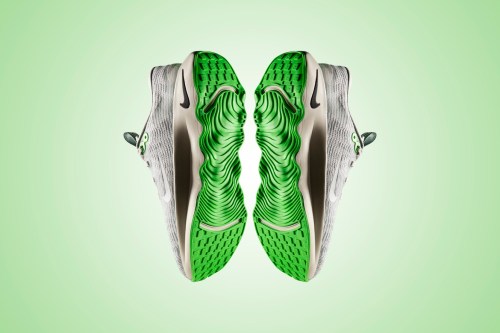
When I’m running faster, I have not felt bogged down by the shoe, either. Debnam says that’s because it was designed to be lightweight as well as supportive.
Really, the Motiva is about flexibility. Nike’s decision to make this shoe reflects changes in the way people are choosing to move their bodies: Slow, fast, in between, or whatever feels good to them that day. It’s not about achievement or times, faster miles or longer runs. It’s about getting out there, and having comfortable tools to do so, in the first place.
Sign up for the Well+Good SHOP Newsletter
Get exclusive deals on wellness, beauty, fitness, and food products that have been hand-picked by our editors.
Got it, you've been added to our email list.

